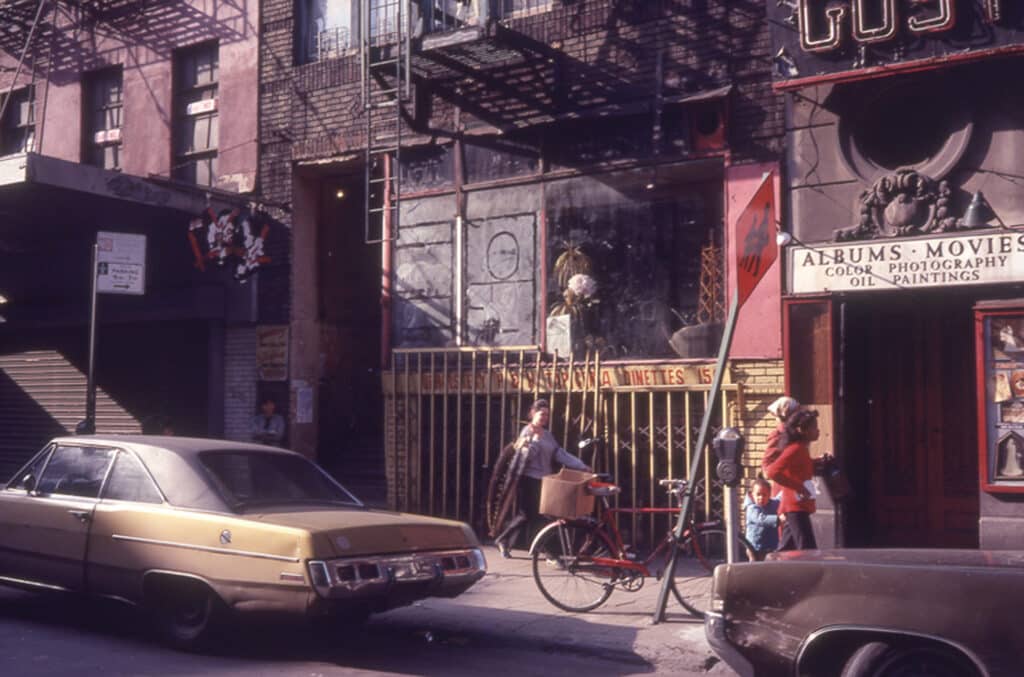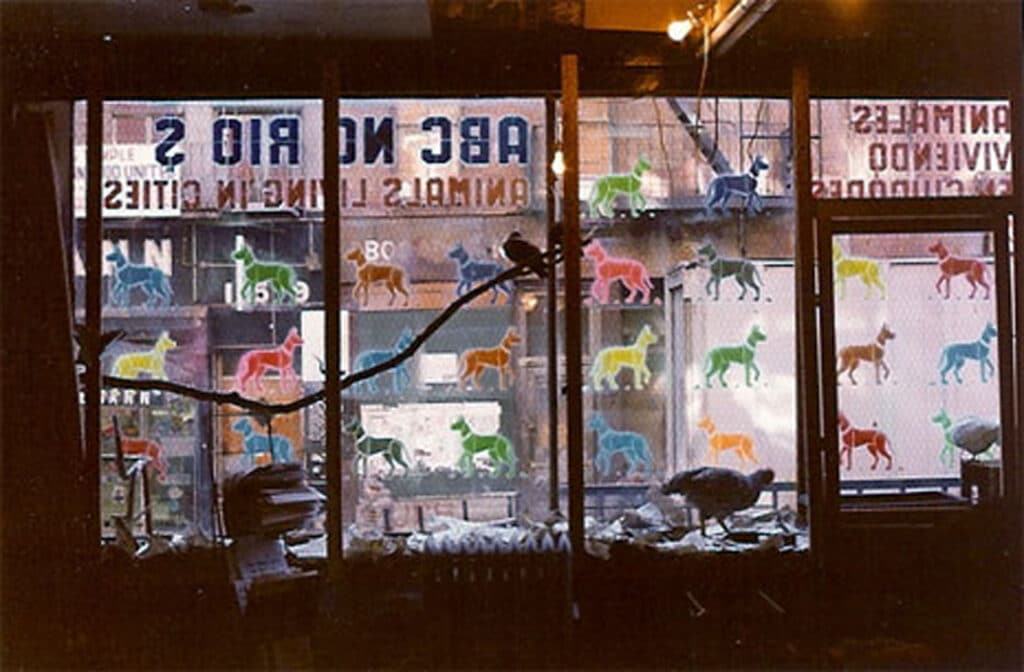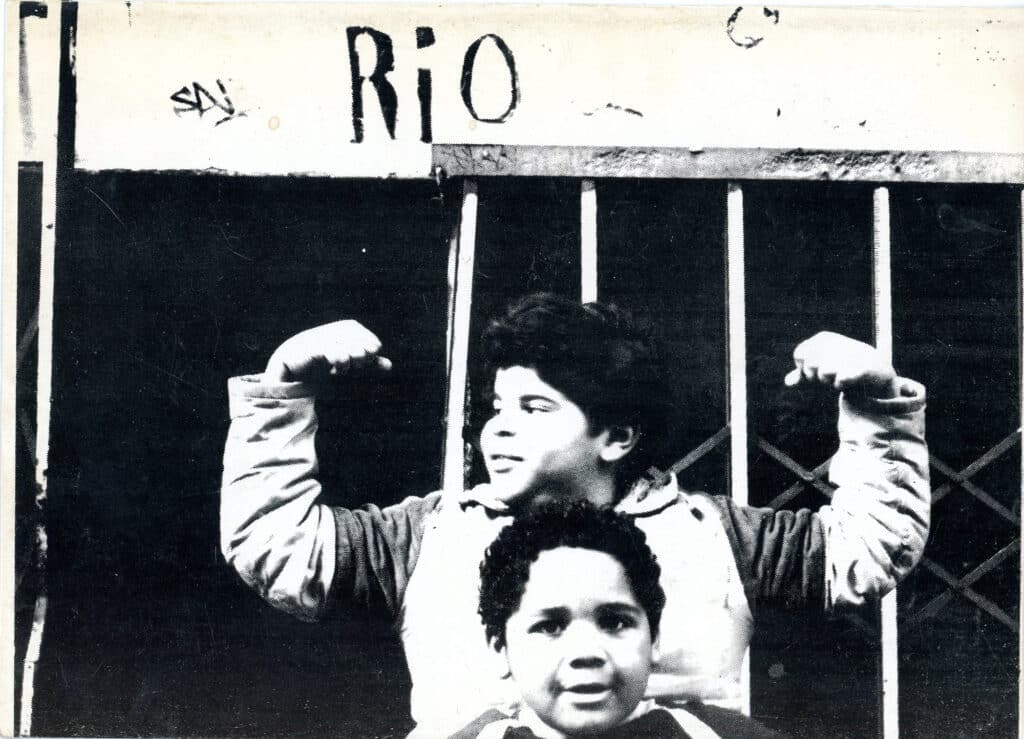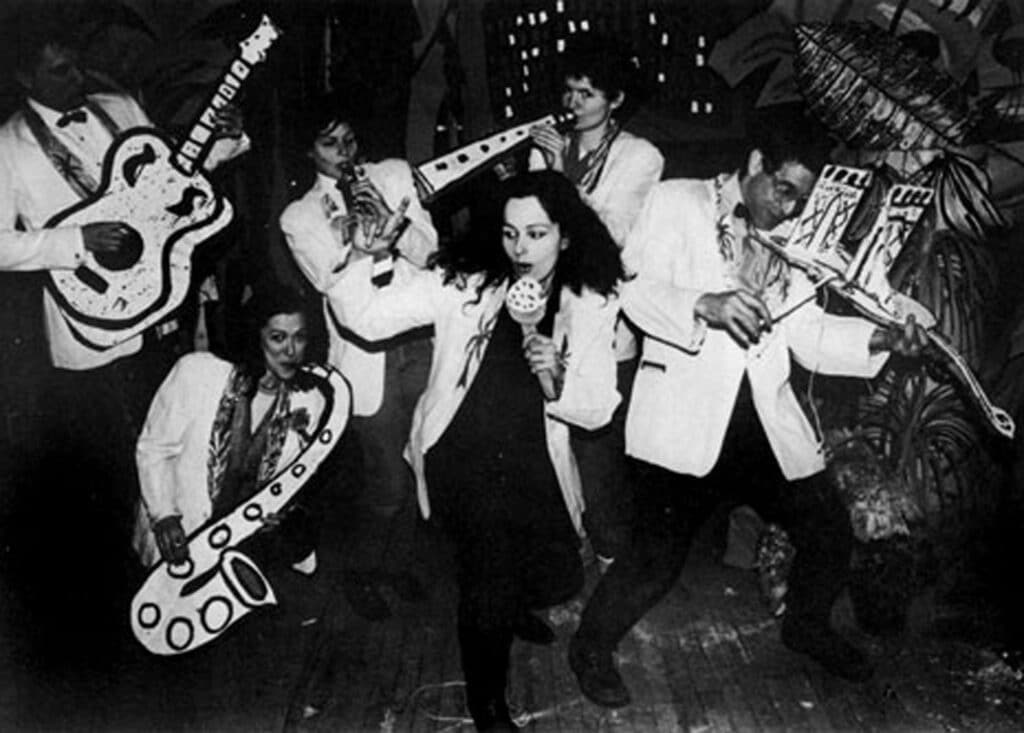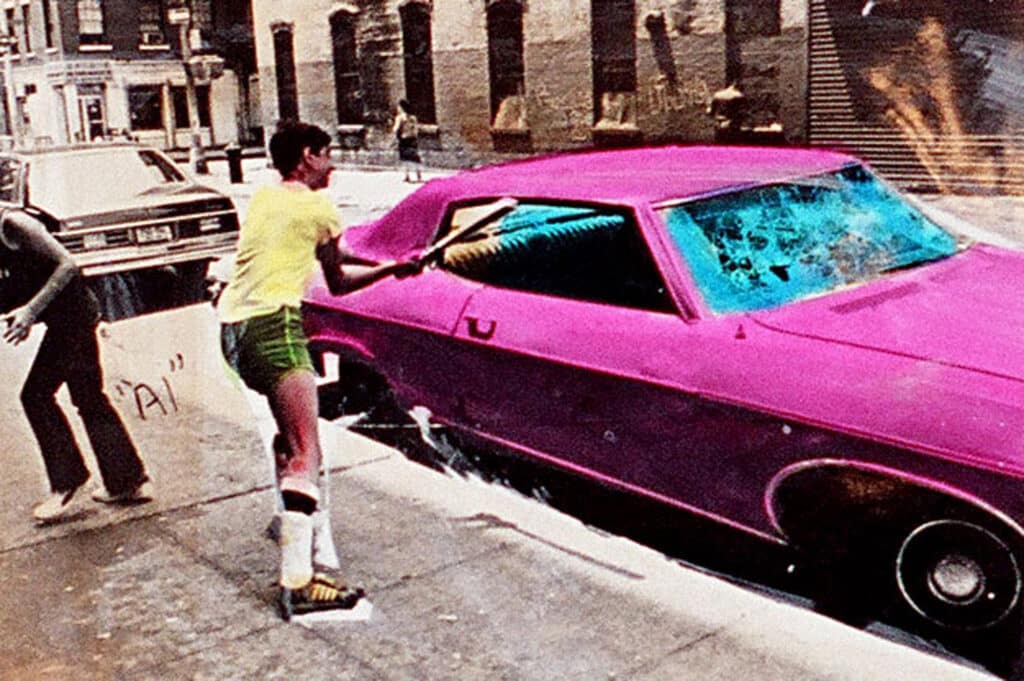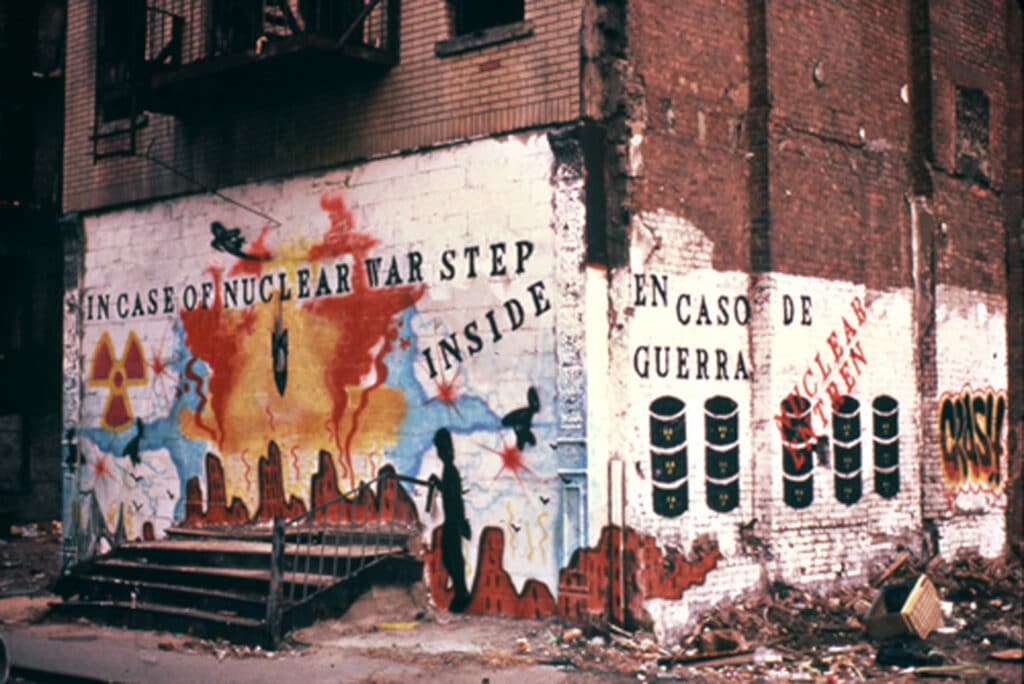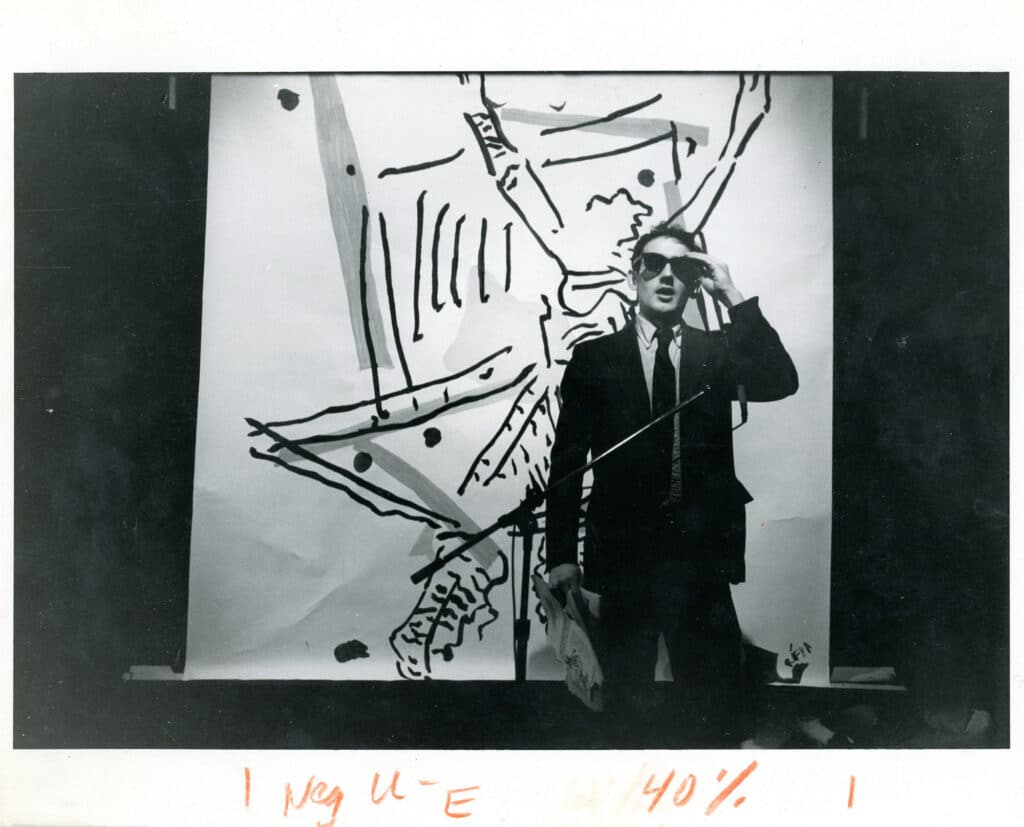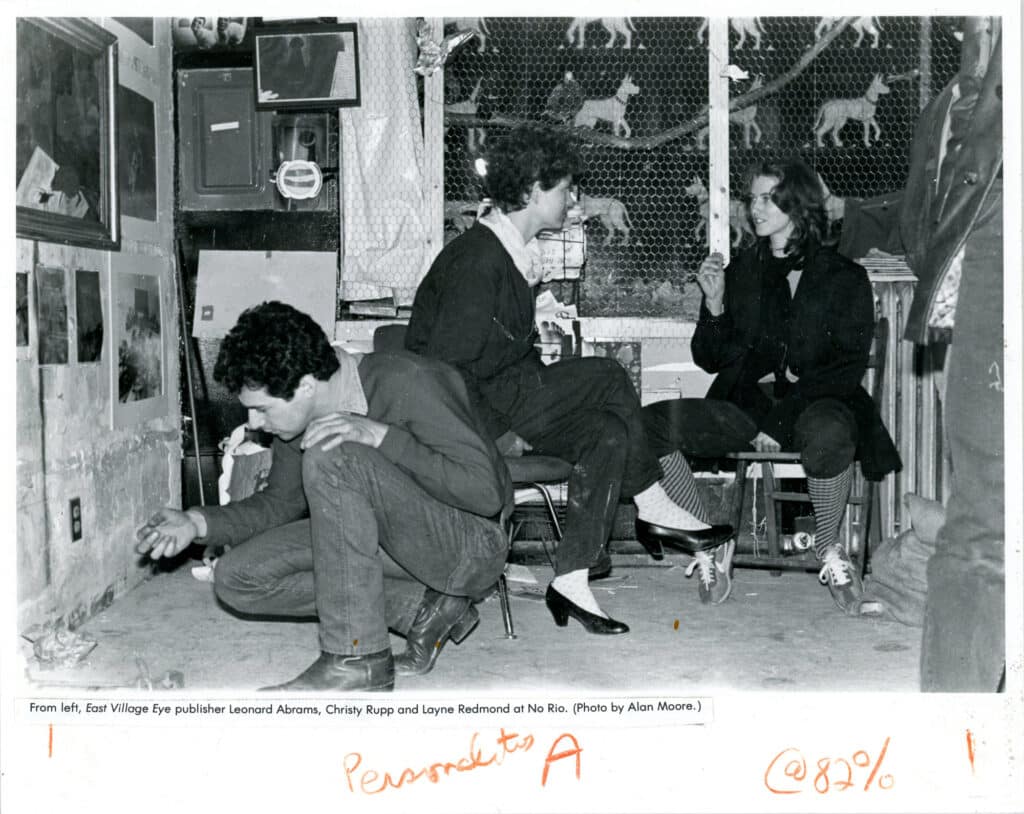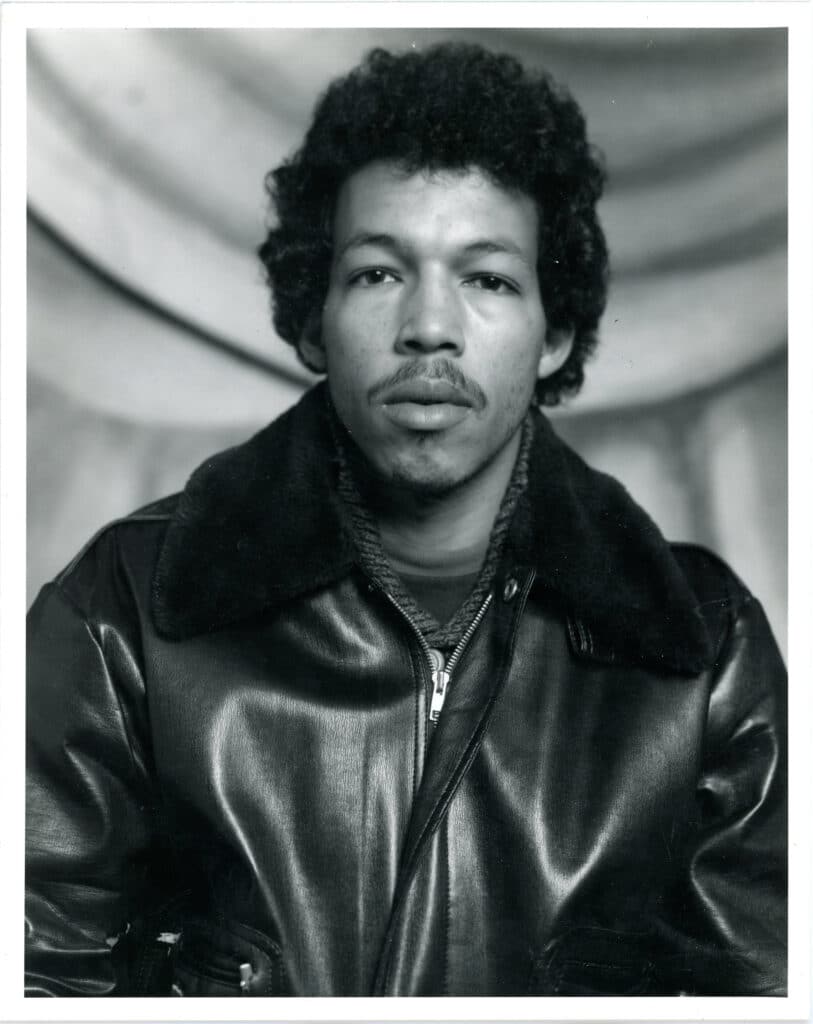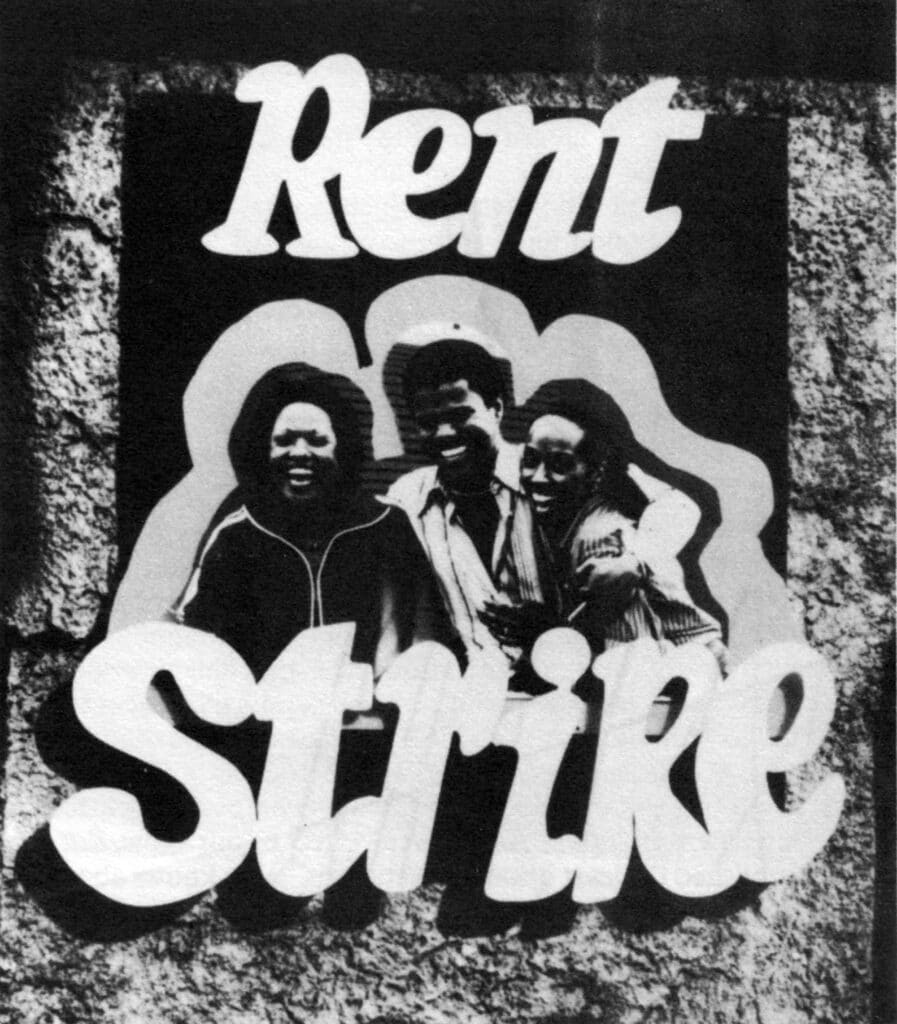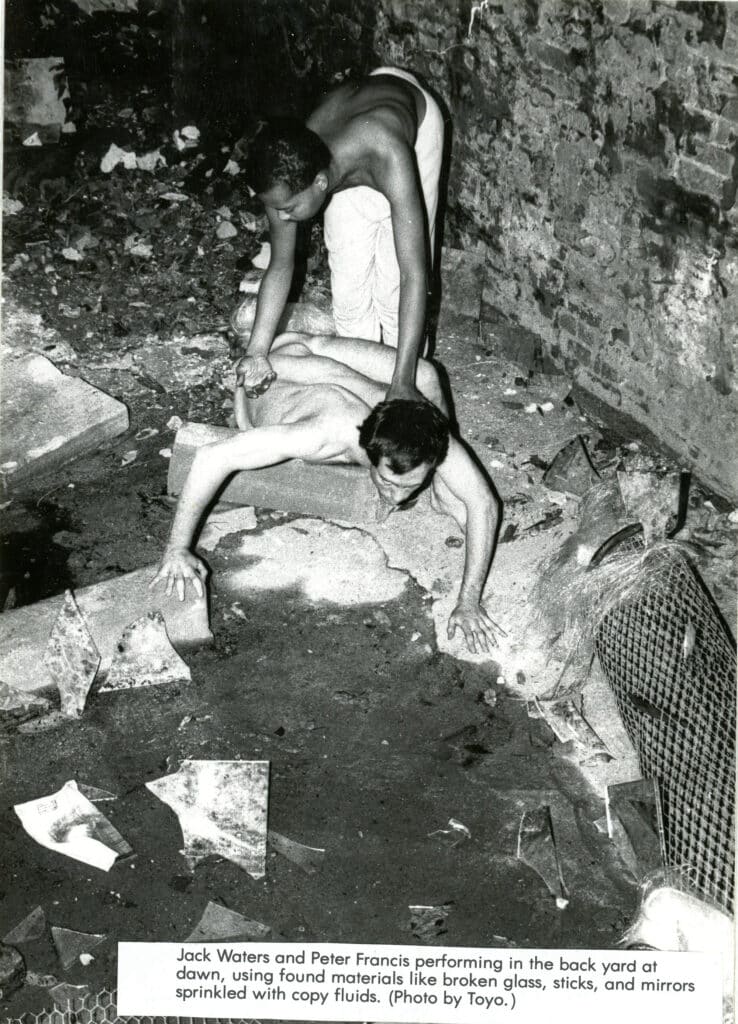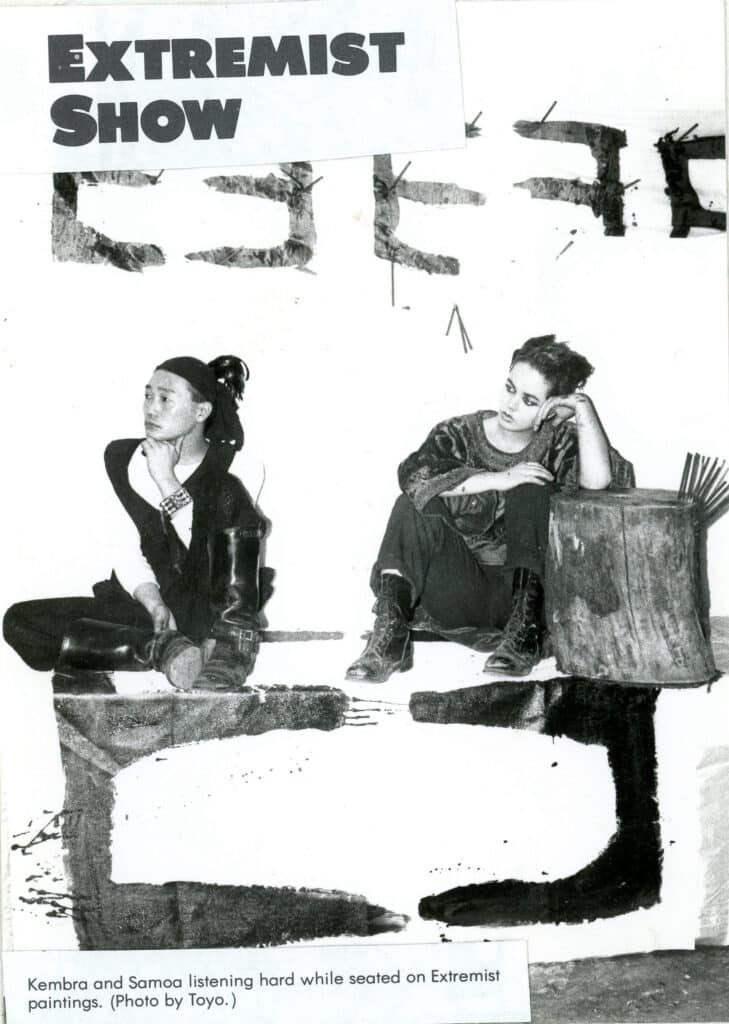By the late 1970s, New York’s Lower East Side was a shell of its former self. The celebrated working class neighborhood, long home to immigrants arriving on America’s eastern shore, had taken a turn for the worse — evoking the horrors of photographer Jacob A. Riis’s 1890 landmark book, How the Other Half Lives.
Some 80% of the neighborhood had been abandoned, as landlords hired arsonists to torch their properties and then collect insurance payouts, while the governments seized those still standing for non-payments of taxes, resulting in miles of abandoned buildings and vacant lots. As squatters, outcasts, and rebels made their way into the predominantly Latino community, a new art scene was born.
On December 30, 1979, the downtown artist collective Colab (Collaborative Projects) staged a “tactical occupation” and occupied an abandoned building at 123 Delancey Street. On New Year’s Day, 1980, they opened The Real Estate Show, featuring the work of 35 Colab artists who joined together to speak out against the early gentrification of Soho and Tribeca, then thriving artist communities.
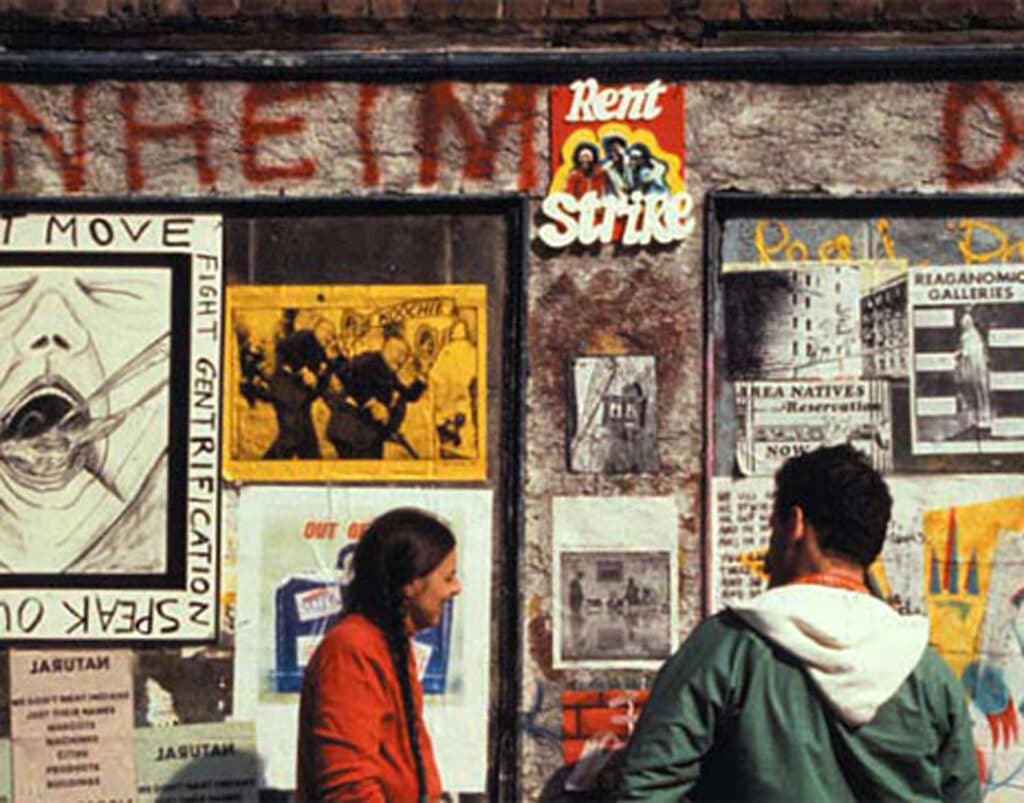
The next day, officials from the city’s Department of Housing Preservation and Development shut the show down. But the artists refused to back down. On January 16, a deal was brokered and the city gave them a space at 156 Rivington Street — and ABC No Rio was born. The gallery took its name from an old sign that once read “Abogado Con Notario” but had lost so many letters over the years that what remained was this curious new lyrical phrase.
Run by volunteer artist/administrators Bobby G, Rebecca Howland, Alan Moore and Christy Rupp, ABC No Rio was created as an “art-making center” designed in response to New York’s exclusionary and hierarchical capitalist-driven art world and gallery scene.
Located around the corner from a large open-air drug market where heroin dealers plied their wares, ABC No Rio was often burglarized, and the building suffered from neglect over the years. Despite the challenges, it quickly became a Mecca for artists around the world who sought creativity and experimentation over wealth and status.
A DIY Art Venue is Born
ABC No Rio’s founding volunteer artist administrator, Alan Moore, first arrived in New York in 1974 to work for Artforum magazine under John Coplans. He quickly became connected with the city’s explosive experimental art scene. “I fell into an artists organization called Colab, which was understood as punk art,” says Moore, who has just released his memoir, Art Worker: Doing Time in the New York Artworld.
With ABC No Rio, artists brought the DIY spirit of punk to the art world. Challenged with maintaining a run-down storefront gallery with no money in a building suffering from massive neglect, the administrators collaborated with artists bourgeois comforts of the sterile “white cube.”
The first exhibition, Artists For Survival, organized by Jon Kellery as part of a Lower East Side festival for disarmament, opened in May 1980. It featured the work of a dozen artists, including Tom Otterness and Stefan Eins, who ran Fashion MODA in the Bronx.
“I think the mentality of the artists involved in ABC No Rio was that everything was closed off and you had to come up with your own venues and promote your own art, but it wasn’t very capitalist. If anything it was more political,” says Marc H. Miller, founder of Gallery 98, who coauthored the 1985 book ABC No Rio Dinero: The Story of the Lower East Side Gallery with Moore.
Moore agrees. “The occupation [of abandoned buildings] was a political project,” he says. “We were like what one writer called ‘the lyrical left.’ We were involved in the culture first, but with a social conscience. I don’t think ABC No Rio was the launching pad for careers as maybe some hoped it would be.”
Nevertheless, Moore and his collaborators, who ran ABC No Rio’s original incarnation for the first three years, transformed the landscape of the downtown art scene, paving the way for the legendary East Village Art scene to take root in the mid-1980s.
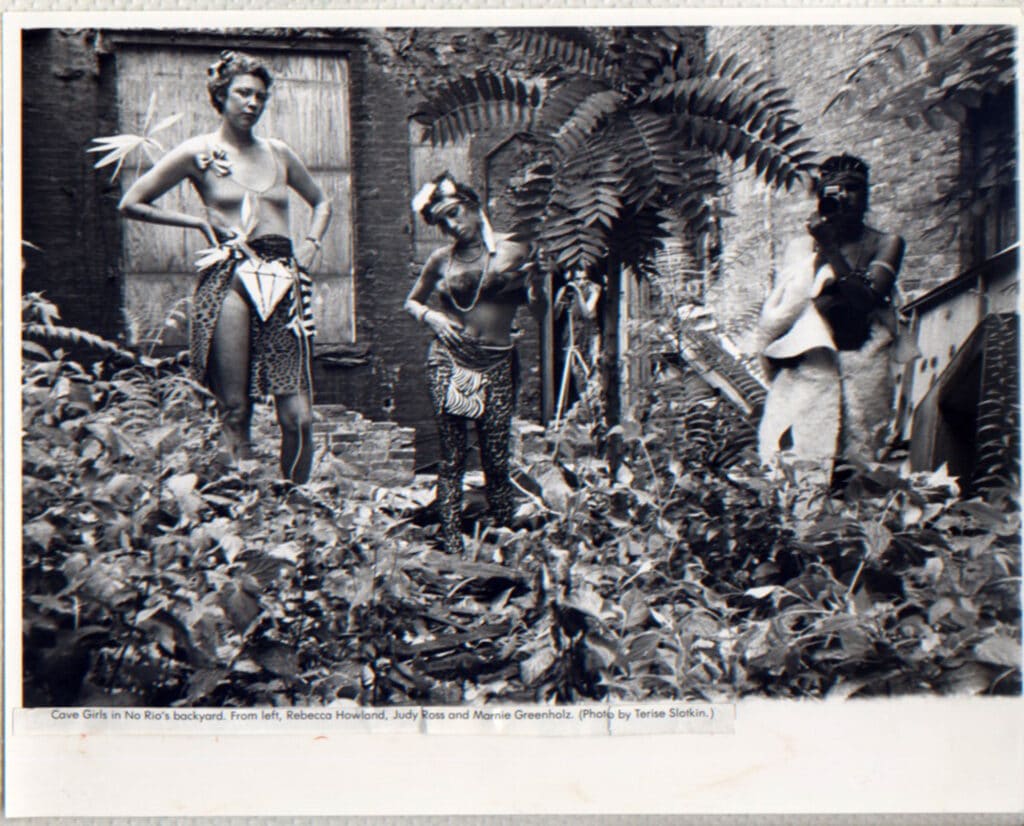
A Portrait of Community
Although the Lower East Side had been decimated, it remained a densely populated neighborhood whose people maintained their culture against the odds. “The community was a source of inspiration,” says Alan Moore. “We were trying to be available and fit in, and not just be a bunch of white artists enjoying themselves in their private space.”
Nestled into the wedding district running up and down Clinton Street, ABC No Rio was located next to an abandoned photo studio — which inspired photographer Tom Warren. “Tom could creep into the back building, which was full of old photos the company had produced over the years,” says Moore. “He picked them up and displayed them during his Photo Studio at the gallery. He had a 4 x 5 camera, and was shooting black and white portraits of Polaroid film. He kept the negatives and sold the portraits for $1.”
In Fall 1981, Warren brought his traveling Photo Studio to ABC No Rio — the first stop on a long line of pop-up studios he would coordinate throughout the decade — just published in the new book Tom Warren: The 1980s New York Art Scene – Portrait Studio / Visual Journal. Photographing locals and artists alike, Warren created a portrait of the times that embodied the community-minded spirit of interactive art.
“There was a general move away from abstraction and formalism, and a desire to get rooted in the real world,” says Marc H. Miller. “It was a self-selected subject; these are people who wanted to be portrayed and it’s a different mood from people taking a picture for their family or if someone suddenly confronts them on the street. I had just come back from Amsterdam, where I was making my living doing Polaroids in nightclubs and bars, and it was very similar to the way Tom worked, in that it was taking pictures of people who wanted it for themselves.”
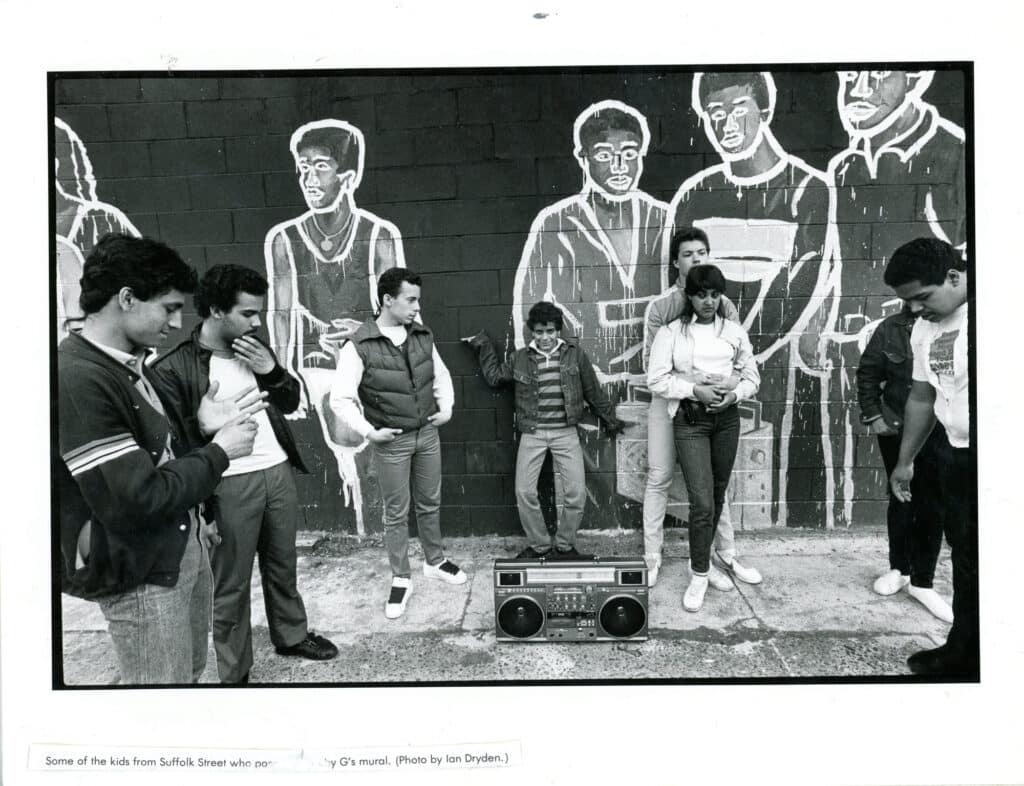
Preservation and Rebirth
Photography quickly became an integral aspect of ABC No Rio’s early years, whether it was printing in the darkroom, exhibiting work, or documenting events and shows. With ABC No Rio Dinero, Alan Moore and Marc H. Miller drew from an extraordinary visual archive that includes photographs, artworks, posters, flyers, and other ephemera that capture the DIY energy of the times.
“Documentation was a major trend in art in the 1970s, and it’s only become even more important, as has archiving,” says Miller. “The goal of the book was to preserve that early history just at the point when it was transitioning between the original people and Jack Waters and Peter Cramer, a gay couple deeply involved in the theater, who became co-directors of ABC No Rio in late 1983.”
With each new incarnation, ABC No Rio’s artistic focus has changed, but its commitment to being an open cultural community center remains the same. The original ABC No Rio was demolished, and plans are currently in the works for a new building. The new site is envisioned as a multi-use community and arts center with a photo darkroom, silk-screen printshop, zine library, and computer center with spaces for art, music, performance, educational and community activities.
Art Worker: Doing Time in the New York Artworld is published by the Journal of Aesthetics & Protest, $30.

